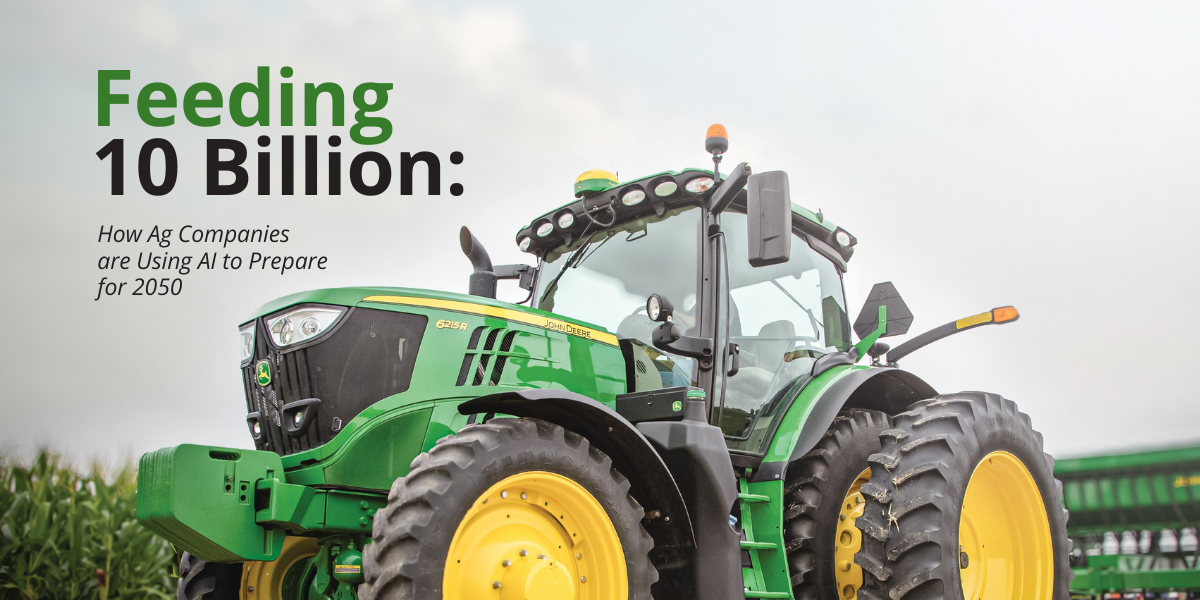On my farm, technology has to prove its worth. I’ve tested plenty of tools. Some stick. Others don’t. Here’s a look at what I’ve tried and where I see promise.
Artificial intelligence has potential, but it’s not ready for most farms yet. I’ve tested AI-generated prescription maps using yield and soil data. The problem is inconsistency. Run the model twice and you get different results. It makes broad assumptions that it doesn’t replicate identically, leading to slightly different results each time. Formatting issues between data platforms don’t help, though AI does a decent job working around them. Right now, the biggest challenge is turning all this raw data into something truly actionable.
Still, the possibilities are exciting. If we can bring in more data from sensors, drone imagery and field logs, AI could become a real asset. Imagine a system that not only tracks everything happening in a field but also gives you real-time guidance based on those conditions. That’s where I think we’re headed. We just need the technology to progress a bit more, and we’ll need to provide it with better inputs. Really, the only limiting factor are our ideas and willingness to get AI data interpretations from the computer to the field.
Satellite imagery is further along. I use it regularly. It helps monitor crop health and validate what I see on the ground. Sometimes it catches something before we do. This space is moving fast. More startups are entering thanks to cheaper satellite launches. In 2014, it cost around $100 million to launch a private satellite. Today, it’s under $1 million. That means more images, better resolution and faster updates.
The quality and frequency of these images keep improving. This empowers you to see a field from above and track trends you can act on. You can spot where a sprayer skipped or where drainage is causing stress. NASA also has free tools anyone can use. Once you start exploring, you find more value the deeper you go. Patterns emerge that weren’t obvious at first. And when combined with other data sources, those images become even more powerful.
One thing I haven’t seen enough of yet is autonomy. I’m looking forward to more of it. Autonomous tractors and sprayers would save time and reduce labor. It’s not about replacing people, but rather making the most of the time we have. Even something as simple as an autonomous grain cart could free up hours during harvest.
Tech has to work in the real world, not just on paper. It has to fit into daily decisions, work with existing equipment and show a return. Some tools are already pulling their weight. Others still have to earn their keep.
Recent Articles
In this issue of Illinois Field & Bean, stay up to date on crucial polices impacting farmers.
By
By 2050, the world will need to feed 10 billion people — and soybean farmers will be central to that mission. Learn how ag companies are using AI to prepare.
By IL Field & Bean Team

